
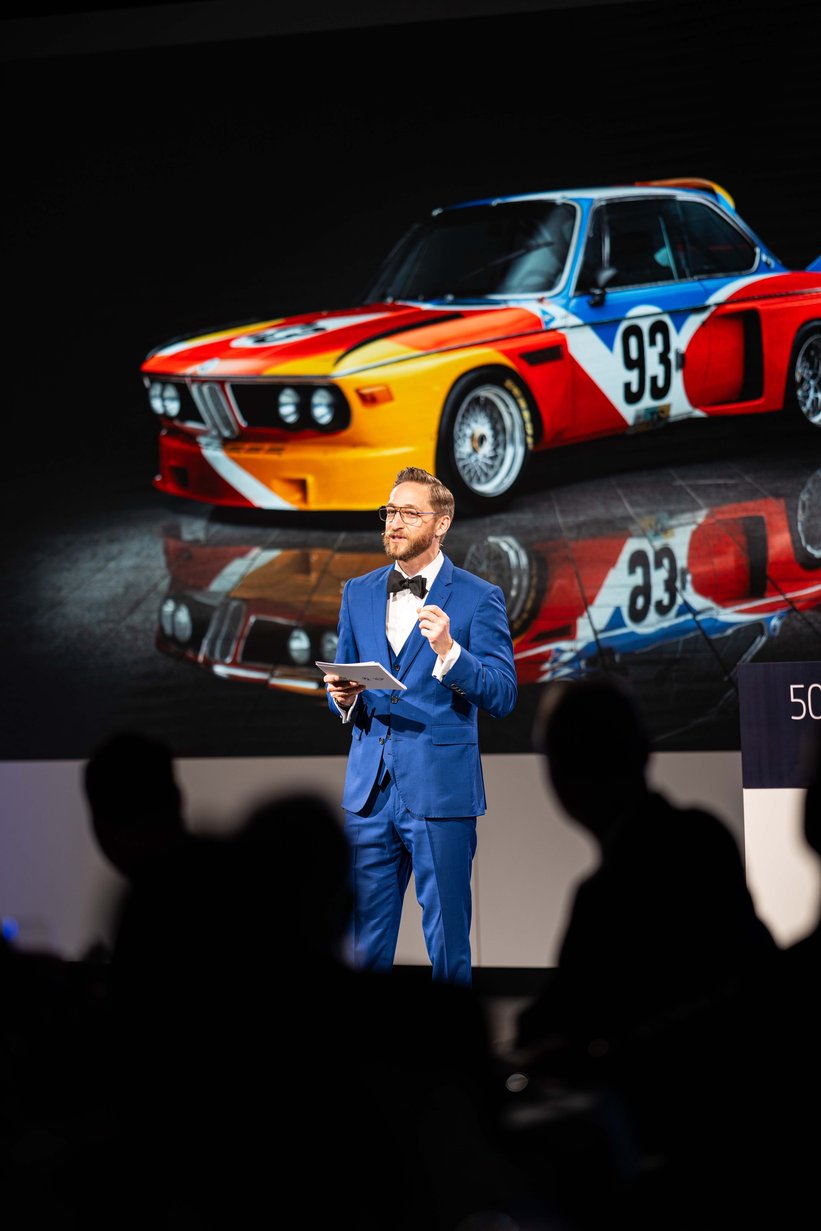
With just under nine million inhabitants, Switzerland may not be one of the most populous countries in the world - and yet it holds a special place in the heart of the BMW Group. After all, BMW is the market leader in Switzerland not only among the premium brands, but also in the entire automobile segment. The share of M models in new sales is also impressive: almost 25 percent of Swiss buyers afford a performance model - more than anywhere else in the world. Even all-wheel drive, which is so important for BMW, was once developed for Swiss customers. It is therefore not surprising that the 50th anniversary of the BMW was celebrated last week not only with glitz and glamor, but also with a host of automotive celebrities.


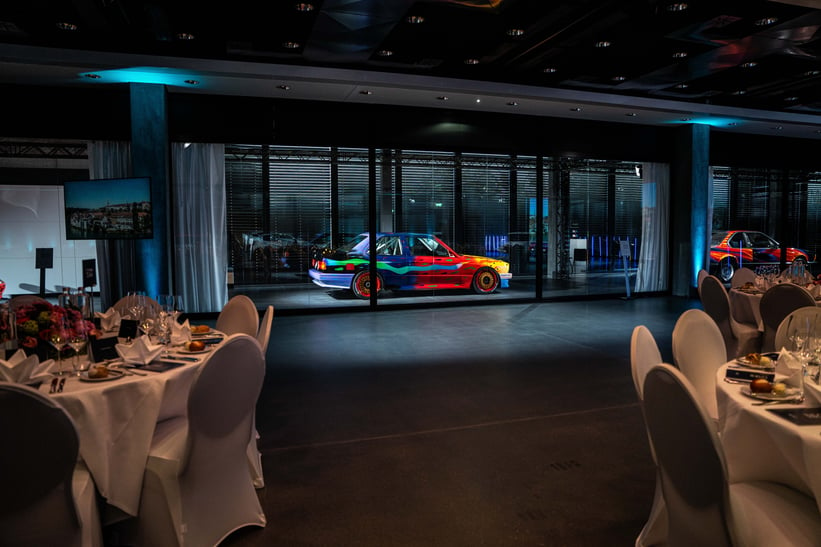
The year 1975 also saw the birth of the BMW Art Cars. Back then, art auctioneer and racing driver Hervé Poulain succeeded in convincing BMW racing director Jochen Neerpasch and the BMW Board of Management to have a BMW 3.0 CLS designed by artist Alexander Calder for the Le Mans race. This first work was followed by a total of 19 further BMW Art Cars designed by the world's most influential artists - you can find an overview of all projects here. At the big anniversary party in Zurich, the BMW Art Car World Tour 2025 made a stop with six rolling sculptures: the BMW 635 CSi by Ernst Fuchs, the BMW M3 by Ken Done, the BMW Z1 by A.R. Penck, the BMW 850i by David Hockney, the BMW V12 LMR by Jenny Holzer and the BMW M6 GTLM by John Baldessari.
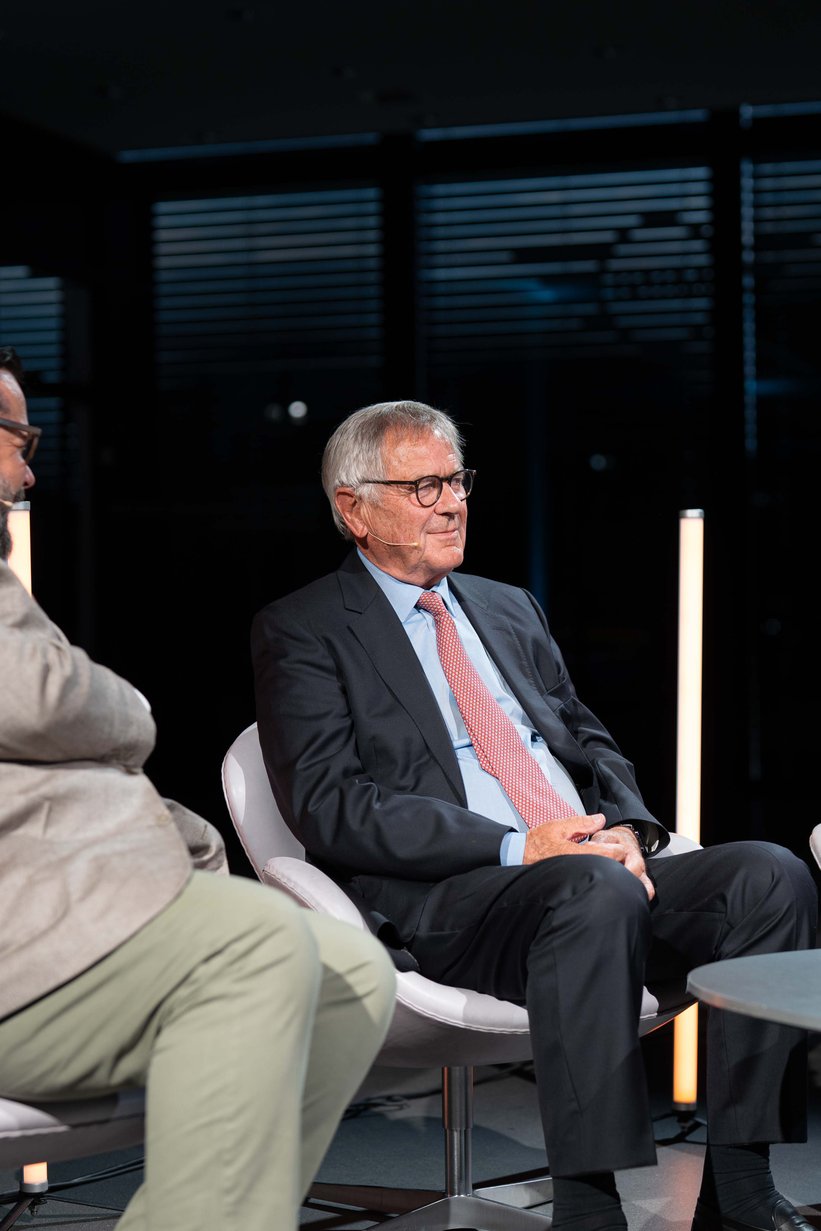
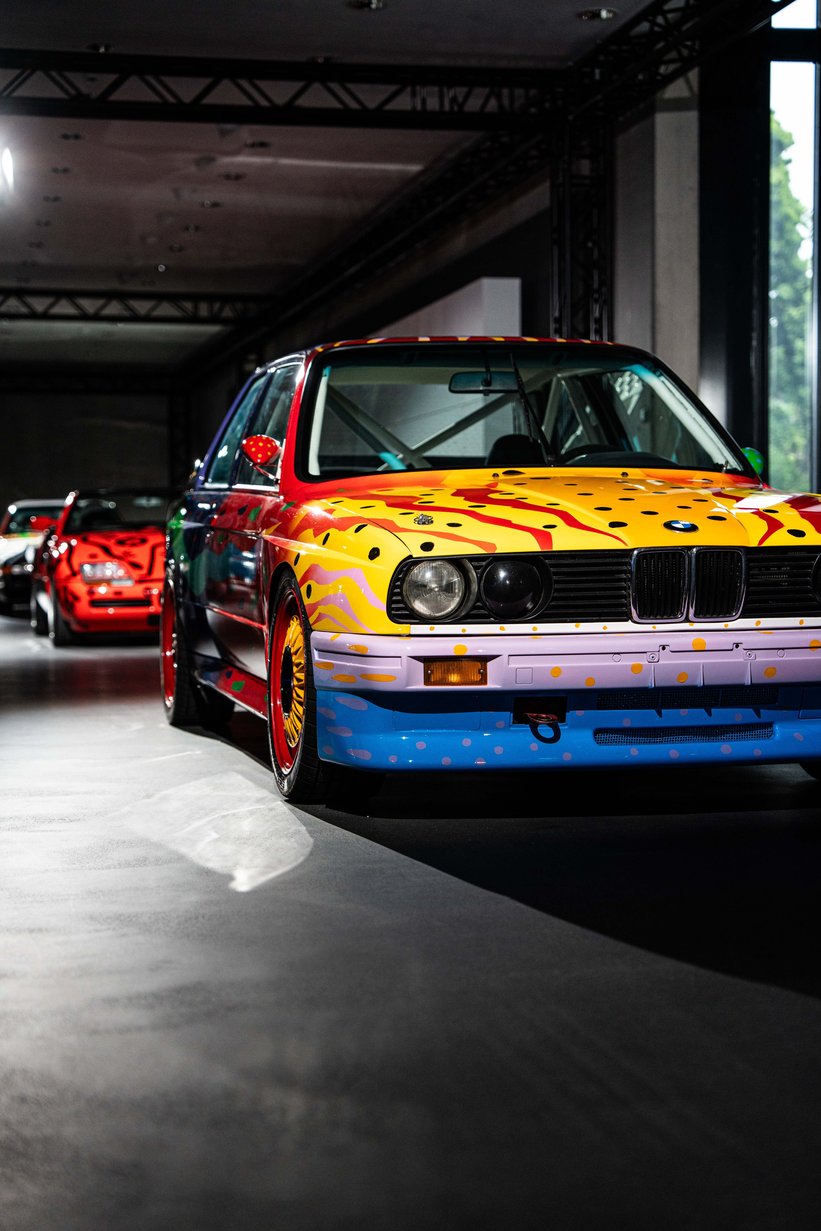
BMW Switzerland had also invited a whole host of illustrious guests - including Jochen Neerpasch, the "father of BMW Art Cars", Liechtenstein motorsport legend Max Heidegger - and Classic Driver CEO J.P. Rathgen. Moderated by Sven Grützmacher, Head of Swiss BMW Communications, the discussion partners embarked on a journey back to the golden era of motorsport. And given the success story of the BMW Art Cars, who would have thought that the idea was anything but a sure-fire success in the beginning? Jochen Neerpasch, for example, revealed that Hervé Poulain's idea was initially rejected by Renault-Alpine before he approached BMW, and that the race organizers had their doubts about entrusting the amateur driver with a car at the 24 Hours of Le Mans.
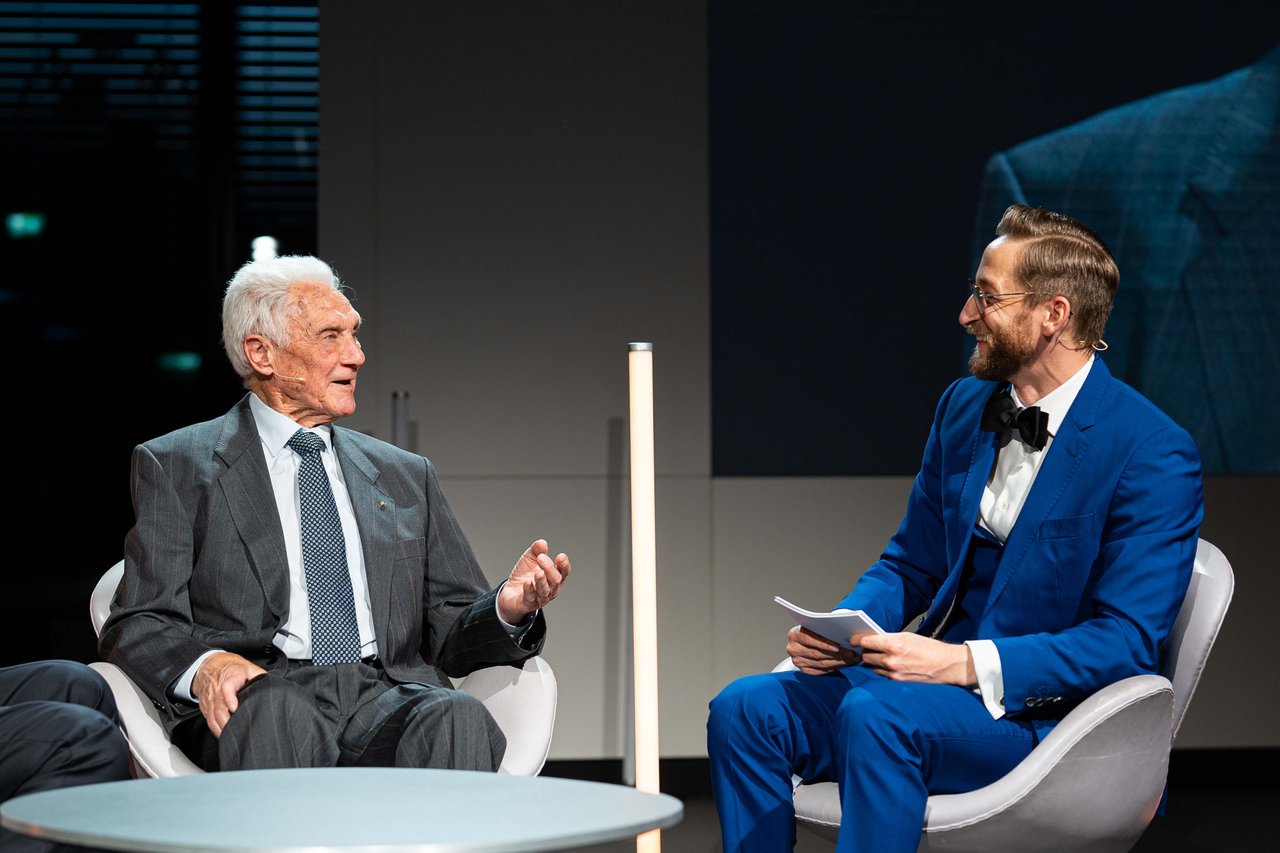


Meanwhile, Max Heidegger, who had built BMW engines for racing with great success in the 1970s, caused great amusement - when asked about his favorite racing car, he answered quite honestly with a Jaguar MK2. As the market leader, the Swiss BMW team took it in their stride. By the way: if you missed the latest episode of the BMW Classic Podcast "Classic Heart" with Max and Jakob Heidegger, has the opportunity to hear the full conversation of the motor racing specialists with J.P. Rathgen here.
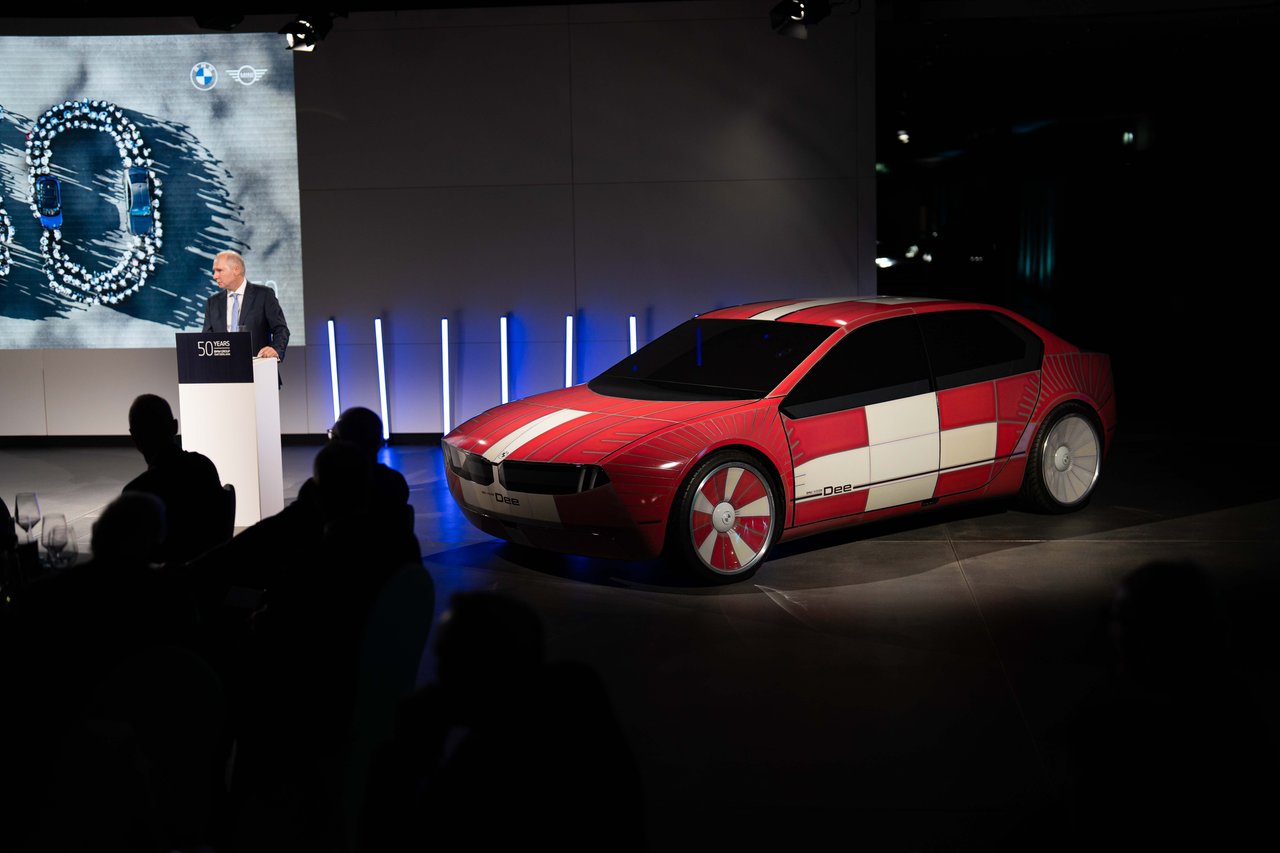
At the end of the evening - and supported by the concept car "Dee" flashing in Swiss colors - a member of the BMW Board of Management provided a glimpse into the future of the brand. From next year, the "New Class" will usher in the electric age at BMW with a veritable firework display of model premieres. However, in the spirit of technological openness, other drive technologies will also remain represented in the BMW portfolio, for example hydrogen engines or, in a very classic way but trimmed for maximum efficiency, gasoline engines. The anniversary audience was also able to take a look at the next, still top-secret BMW M model. And in view of the Swiss M quota, we would be surprised if the first purchase contracts had not already been signed during dessert. With this in mind: Happy Birthday, BMW Switzerland!

























































